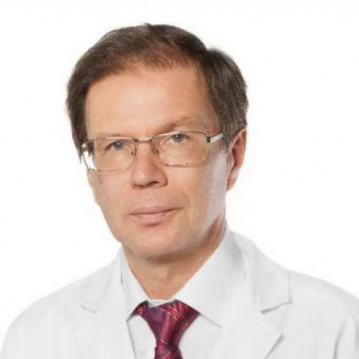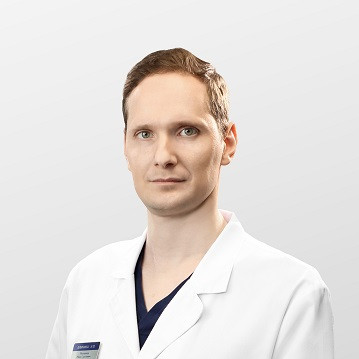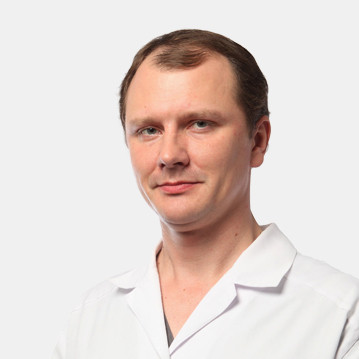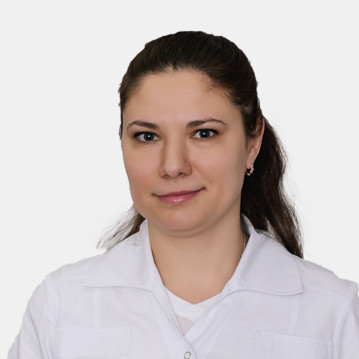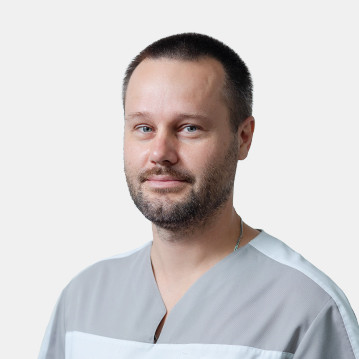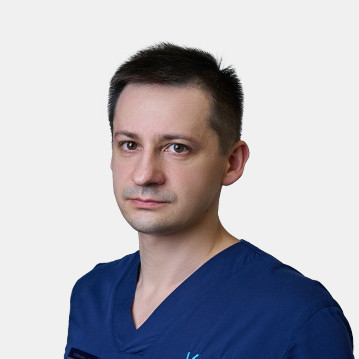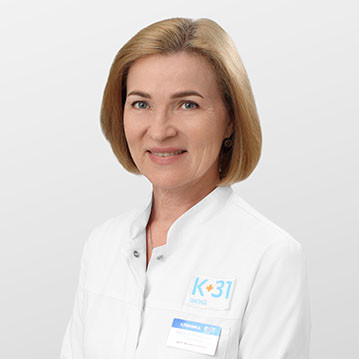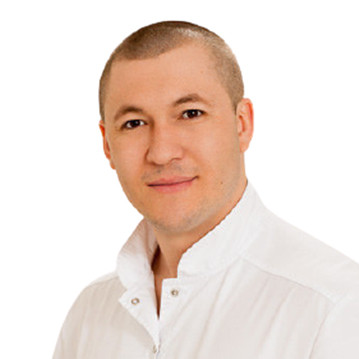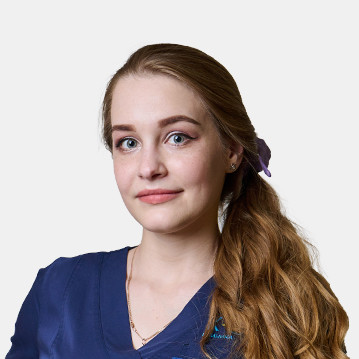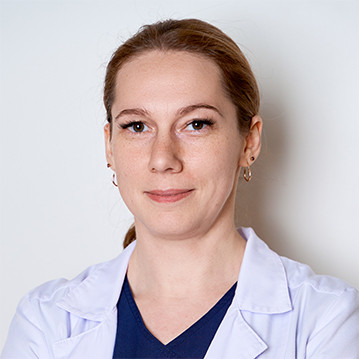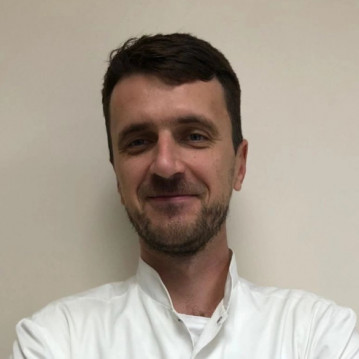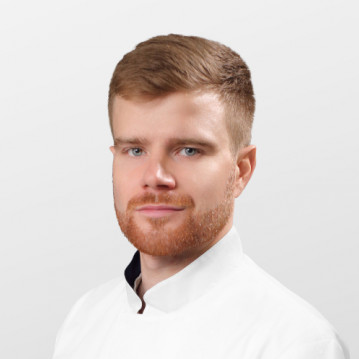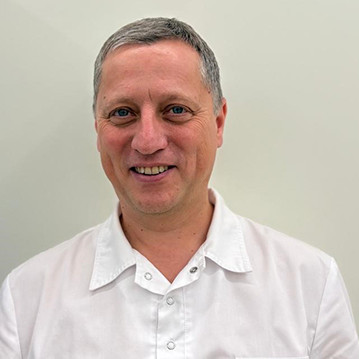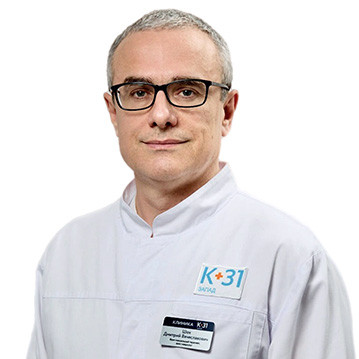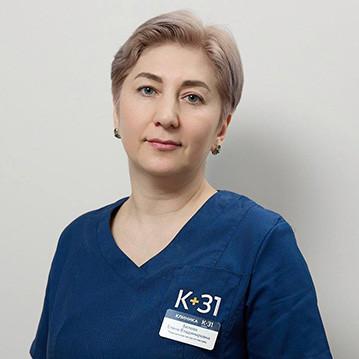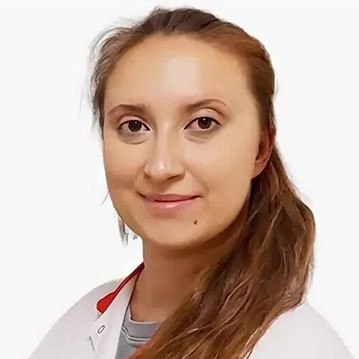Ligament rupture is the mechanical destruction of bundle connective tissue that holds together the articular cartilage on the arms and legs, resulting in severe muscle swelling and loss of mobility. The injury is considered very painful, requires surgical intervention, and recovery from it can take several months.
Classification and causes of ligament rupture
Ligament tears vary in the degree of physical damage to the bundle connective tissue:
- 1 degree - stretching (local microcracks of the ligament);
- 2 degree - multiple microcracks of the tissue, leading to a partial loss of functionality of the ligament;
- Grade 3 - complete rupture of the ligamentous tissue with a complete loss of functionality (surgery on the ligaments is necessary).
Ligament tears can occur on different parts of the body - the knee joint, ankle and foot, collarbone, shoulder and elbow, or hand. The most common tears of the cruciate ligaments of the knee and ligaments of the shoulder. The cause of the gap may be:
- degenerative tissue changes - pathological or age-related wear of tendons and ligaments in people over 40 years of age, which occurs when there is a violation of the normal blood supply to tissues and muscles or with the appearance of bone growths (osteophytes);
- traumatic ruptures - occur with traumatic injuries of joints, sudden movements, weight lifting, physical exertion and sports.
As a result: the physical tensile strength and elasticity of the ligamentous tissue reaches, and it breaks. The joint loses functionality for a long time, there is severe physical pain and severe swelling of the tissues - hemarthrosis (due to rupture of blood vessels in the lesion). Trauma can be accompanied by a general increase in body temperature and hyperemia.
